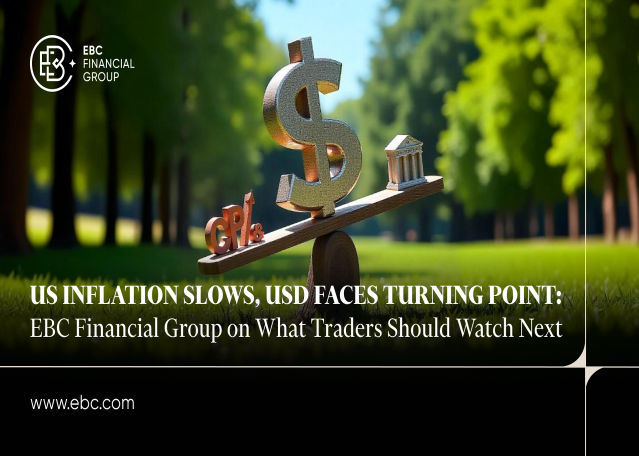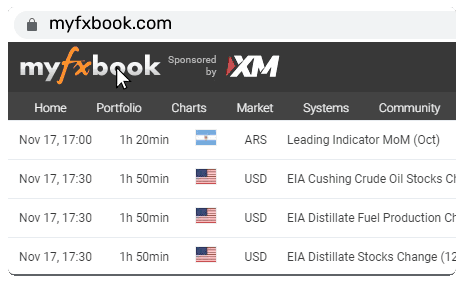EBC’s Guide to Navigating FX Volatility Following the Cooling US CPI

April’s US Consumer Price Index (CPI) showed a year-on-year rise of 2.3%, the slowest increase since March 2021. While this signals a slowdown in inflation, the real question lies in how the Federal Reserve interprets this change—and how that interpretation will impact the US dollar and global foreign exchange markets.
David Barrett, CEO of EBC Financial Group (UK) Ltd, reminds us: “CPI is only part of the story. What matters now is how the Fed interprets this cooling within their data-dependent framework—and whether the dollar continues to hold or begins to recalibrate. For traders, rate path speculation has once again become a key driver of market momentum.”
Understanding why this CPI cooling could trigger shifts in FX markets requires a closer look at five key factors.
The Fed’s Reading of the Data Matters Most
Headline inflation numbers attract attention, but the Federal Reserve’s reaction holds the ultimate influence. If the Fed views the slowing CPI as evidence inflation is under control, we may see a pause or even a pivot in interest rate policies. On the other hand, a cautious Fed might stick to tightening despite the data, keeping markets on edge. This uncertainty directly affects the dollar’s stability and FX market dynamics.
Central Banks Moving in Different Directions
Unlike in past cycles, central banks around the world are adopting varied approaches. The European Central Bank is signalling potential rate cuts by summer, which could strengthen the euro if the Fed remains cautious. Meanwhile, the Bank of England is more conservative, supporting a robust pound. The Bank of Japan’s gradual retreat from ultra-loose monetary policy is putting upward pressure on the yen.
These diverging stances create a complex environment where currency flows and valuations become less predictable. Traders are turning to tools like Contracts for Difference (CFDs) to take advantage of these shifting currents across multiple currency pairs and assets.
Interest Rate Expectations Take Centre Stage
As headline inflation eases, focus shifts to expectations around interest rates. The US dollar’s direction increasingly depends on traders’ interpretations of Fed communications and economic data releases. Barrett highlights, “What we’re seeing now is a transition from inflation and policy-led trading to one driven by relative interest rate positioning. In this environment, informed interpretation of central bank signals becomes a key differentiator for traders.”
Those able to analyse these nuanced signals can position themselves advantageously as global monetary policy evolves.
Renewed Demand for Safe Haven Assets
Adjustments in monetary policy often prompt investors to reassess safe haven holdings. Should global rate easing materialise, traditional defensive assets such as gold and the Japanese yen could regain their appeal. CFDs offer traders a flexible way to express views on these assets without directly holding them, making them ideal during volatile periods.
Agility Is Essential for Traders Today
In a fragmented policy landscape with mixed economic signals, adaptability is a crucial edge. At EBC, we are committed to guiding traders through this complexity. Barrett explains, “In a fragmented policy environment, adaptability becomes an edge. EBC helps traders move beyond reacting to data—toward interpreting direction.”
Our regulated global trading platforms and timely market insights enable traders to respond to central bank signals swiftly and strategically.
Why Interpretation Beats the Headlines
The CPI number alone only tells part of the story. As monetary policy becomes more fragmented globally, the FX market grows more complex and reactive. Traders who connect the dots rather than chase headlines will be better equipped for what lies ahead.
At EBC, we commit our efforts to empowering clients to shift from passive reactions toward proactive, informed positioning in the world’s most dynamic financial markets.





















